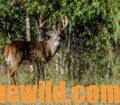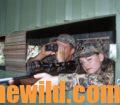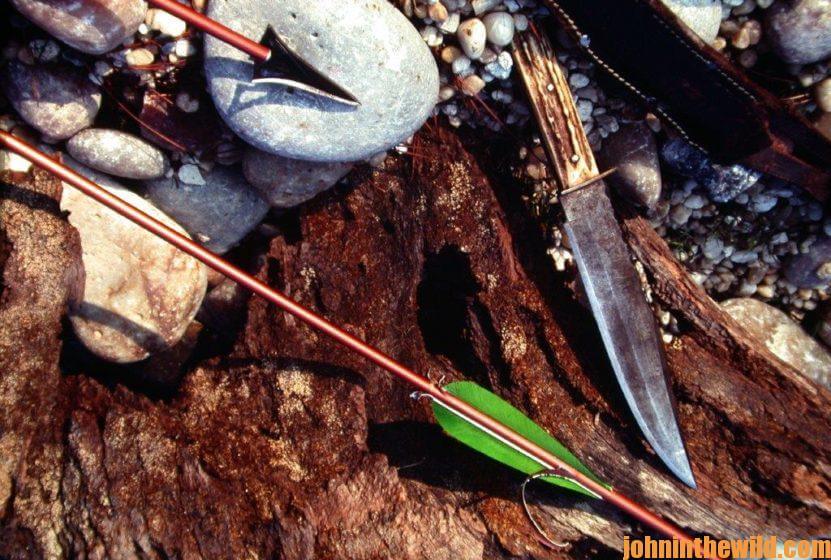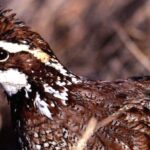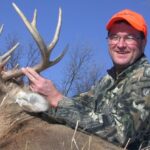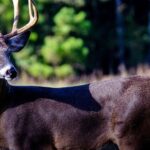Editor’s Note: To understand how baiting for deer with corn has become one of the most-effective wildlife management tools a deer hunter has today, we have to look at the history of how hunters once took deer and the changes that have occurred in deer management since then. I’ve been learning and studying deer hunters’ philosophies from the 1960s until today. In the past few years, I just have begun to realize why baiting with corn and using trail cameras are so effective at finding and taking older-age-class bucks, while the younger ones are growing to maturity. So, I’ll share with you too what my son and I have learned about managing a deer herd to only harvest older-age-class bucks during hunting season. I’ve never been a fan of baiting. Now having said that, I’ve hunted over corn feeders in Texas and bait piles in Canada. However, I’ve always felt like baiting was cheating when you’re trying to take deer. But I’ve learned differently.
 * Learning Jerry Simmons’ Hunting Philosophy:
* Learning Jerry Simmons’ Hunting Philosophy:
I was raised using the old-school method of deer hunting, which dictates that you spend a lot of time in the woods looking for deer sign. Next, you set-up a stand near the best deer sign you can find and continue to wait until a buck shows-up. Through the 1990s, one of my deer-hunting mentors was the late Jerry Simmons from Jasper, Alabama, the epitome of a knowledgeable hunter, and the creator of the Land Shark broadhead (https://www.simmonssharks.com/broadheads.html).
Simmons told me, “I’ve learned the woods I hunt by studying about 10 acres at a time, until I can name every tree, water source and food source in that area. If I take a buck in the morning, I’ll field dress him, put him in a cooler and get him back to camp. Then I spend the rest of the day looking for the best place in the woods to hunt the next day.” Summons shot a recurve bow, and most of the deer he took were within 20 yards or less. He was a fantastic woodsman but was very humble about his accomplishments. His methods still work today.
 * Hunting Swamplands in the 1960s and 1970s:
* Hunting Swamplands in the 1960s and 1970s:
I also hunted much of Alabama’s swamplands from the 1960s to 2000. Plenty of rivers, creeks and streams throughout the state meandered their way to the Gulf of Mexico, as in much of the South. In most of the river bottoms I hunted in my early deer-hunting career, the vegetation was so thick that we had to use dogs and men drivers to force the deer out of thick cover and into the open where standers could get shots at them with their shotguns. In those days, only buckshot was permitted for the standers to use to take deer.
* Hunting Green Fields – the 1970s – Present Day:
During my middle years of hunting deer, I hunted over green fields. I still can hear the words of the huntmaster at our club, Clyde Beard, who said, “No, we’re not going to allow hunters to use rifles, and we’re not going to plant green fields here at the Tombigbee Hunting Club. There’s just not any sport to hunting deer like that. Poor little old deer will go out on those green fields to get themselves something to eat, and a hunter a mile away can shoot that deer. Now, you put a pack of hounds behind that deer, and a bunch of drivers yelling and hollering, and that deer will know that there’s danger in the woods. He then has to run the gauntlet of dodging trees, jumping across creeks and hiding from hunters. But, he’s got a sporting chance to survive.”
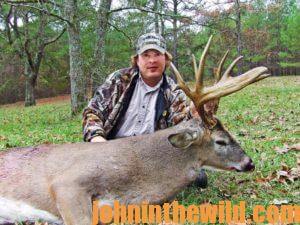 I agreed with that philosophy at that time, since that was how I’d grown up hunting deer back then. The notion of planting green fields was that we were providing more high-quality nutrition for the deer we hunted, and that was true. However, if we’re being gut honest, the number-one reason for planting green fields and using shooting houses was to harvest deer in more-comfortable stands. The adverse effect of planting green fields was that we quickly turned them into places for harvesting deer and trained the herd to abandon this area during daylight hours. However, when the rut started, if the green fields hadn’t had a tremendous amount of hunter pressure, and an older-age-class buck found an extra doe and ran her across that green field, a hunter sitting in a shooting house out of the weather might get a shot.
I agreed with that philosophy at that time, since that was how I’d grown up hunting deer back then. The notion of planting green fields was that we were providing more high-quality nutrition for the deer we hunted, and that was true. However, if we’re being gut honest, the number-one reason for planting green fields and using shooting houses was to harvest deer in more-comfortable stands. The adverse effect of planting green fields was that we quickly turned them into places for harvesting deer and trained the herd to abandon this area during daylight hours. However, when the rut started, if the green fields hadn’t had a tremendous amount of hunter pressure, and an older-age-class buck found an extra doe and ran her across that green field, a hunter sitting in a shooting house out of the weather might get a shot.
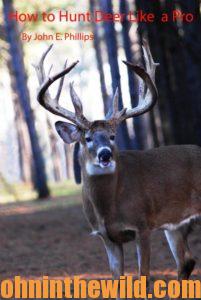 To learn more about successfully hunting deer, check out John E. Phillips’ book, “How to Hunt Deer Like a Pro,” available in Kindle, Print and Audible versions, at (http://amzn.to/YpoQHA). You may have to copy and paste this link into your browser. (When you click on this book, notice on the left where Amazon says you can read 10% of the book for free, and you can hear 10% for free).
To learn more about successfully hunting deer, check out John E. Phillips’ book, “How to Hunt Deer Like a Pro,” available in Kindle, Print and Audible versions, at (http://amzn.to/YpoQHA). You may have to copy and paste this link into your browser. (When you click on this book, notice on the left where Amazon says you can read 10% of the book for free, and you can hear 10% for free).
Tomorrow: Remember That Deer Hunting Is an Evolving Sport

